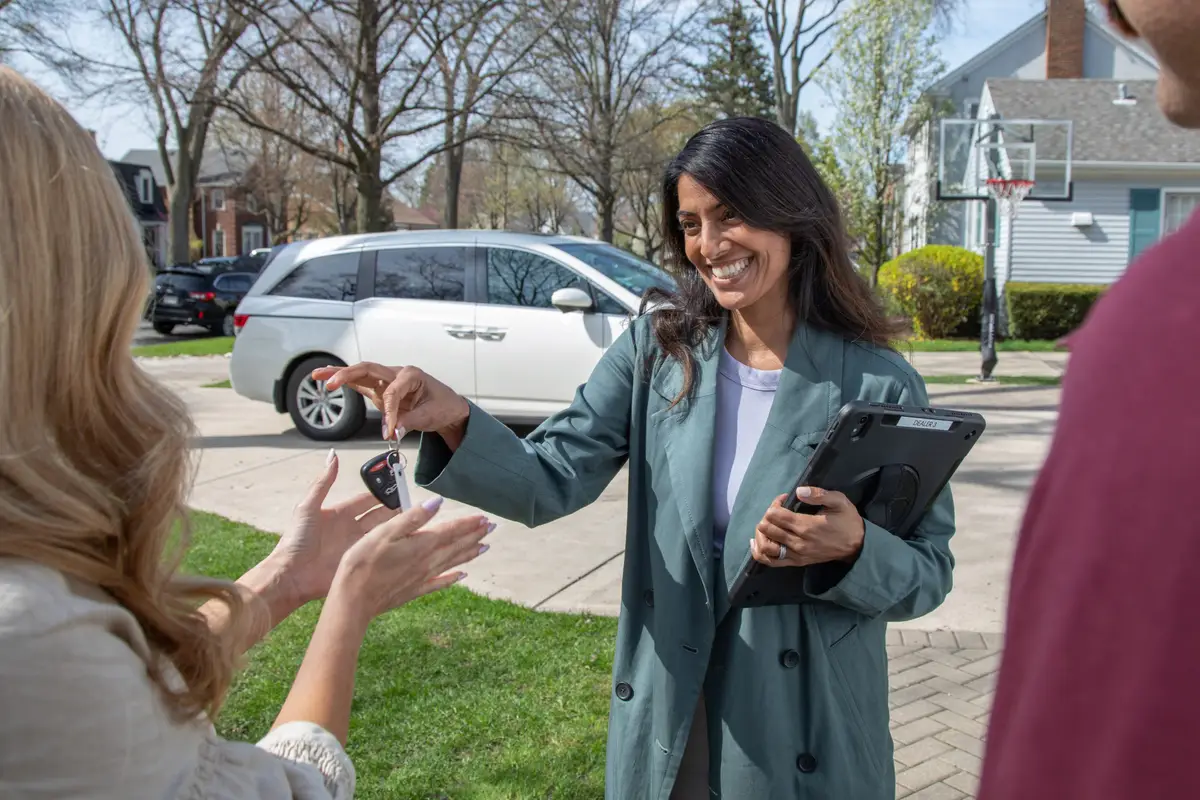Shopping for a car can feel overwhelming, especially with so many options, features, and financing choices. Whether you’re eyeing a brand-new model or a reliable used vehicle, following a structured approach helps you make confident decisions. Below is a step-by-step process that takes you from budgeting to driving off the lot.
Step 1: Decide Your Budget
Before anything else, determine how much you can afford. A good rule of thumb is to spend no more than 10 to 15% of your monthly income on a car payment (for a typical four-year loan). If you stretch to longer terms, you’re likely overextending yourself.
Look beyond just the sticker price. You’ll also need to account for insurance, maintenance, fuel, registration, and occasional repairs. If you’re not paying in cash, get preapproved for a loan from your bank or credit union. This gives you bargaining power when you reach the dealership.
Step 2: Figure Out What to Buy
With a budget in place, think about your real driving needs. How many passengers do you carry? Do you need space for luggage, off-road capability, or towing capacity?
Look at expert reviews, video test drives, and spec comparisons to compare models. Check crash test ratings from trusted safety organizations. Also, consider reliability records and cost of ownership over time (repairs, servicing). And before making a shortlist, check how much each model will cost to insure—since insurance premiums can vary widely.
Step 3: Where to Search
Use large vehicle listing platforms that let you filter by make, model, features, mileage, and price. Sort by relevance and compare similar vehicles. Some platforms offer badges indicating “Great Deal,” “Good Deal,” or “Fair Price” based on market data.
If available, use virtual appointments or home delivery options. That gives you more convenience and potentially better negotiating power without being physically dependent on a single dealership.
Step 4: Choose Who to Buy From
Once you’ve identified some candidate vehicles, research the sellers. If it’s a dealership, read customer reviews and ratings to judge how they treat buyers before and after purchase. Also, look at reviews of specific salespeople—trust and reputation count.
Buying from a private seller can sometimes yield better pricing, but it may lack warranty protection or recourse if problems arise. Always weigh the tradeoffs.
Step 5: Visit & Inspect (In Person or Virtually)
Request out-the-door price quotes from multiple sellers before stepping foot into a lot. This means the total price including taxes, fees, registration, and extras.
When inspecting the car (either physically or via video), do a full walkaround and a test drive of the exact vehicle—not a similar model. Be sure to check every feature, including ones you expect to use (e.g. infotainment, AC, camera, interior fittings).
For used cars, consider having an independent mechanic inspect the vehicle. Don’t buy from anyone who refuses a third-party inspection—that’s a red flag.
If the deal or pressure feels off at any point, you have the right to walk away.
Step 6: Trade-in, Sell, or Keep Your Current Car
If you already own a vehicle, you may want to trade it in to reduce what you owe on the new one. But it’s wise to keep those transactions separate: agree on the price of your new car first, then negotiate your trade-in.
You could also sell your existing car privately, which may yield more money. Compare offers from dealers, private buyers, or car-buying services to see which route is best.
Step 7: Close the Deal
Once price, trade-in, and financing are settled, you’ll enter the final phase. The dealership’s finance & insurance (F&I) office will likely present add-ons like extended warranties, insurance plans, or protection packages. You’re under no obligation to accept them—only take what gives you genuine value.
Some dealers offer home delivery, letting you complete paperwork outside the showroom.
At this stage, double-check all forms, fees, and terms before signing. Make sure everything matches what was promised.
Final Thoughts
Buying a car responsibly means being patient, doing your homework, and maintaining control. You may run into roadblocks, but staying organized helps you avoid expensive mistakes. Your time and effort will pay off when your car serves you well for years to come.
References
- Cars.com: “Cars.com Buying Guide: How to Buy a Car” – cars.com



